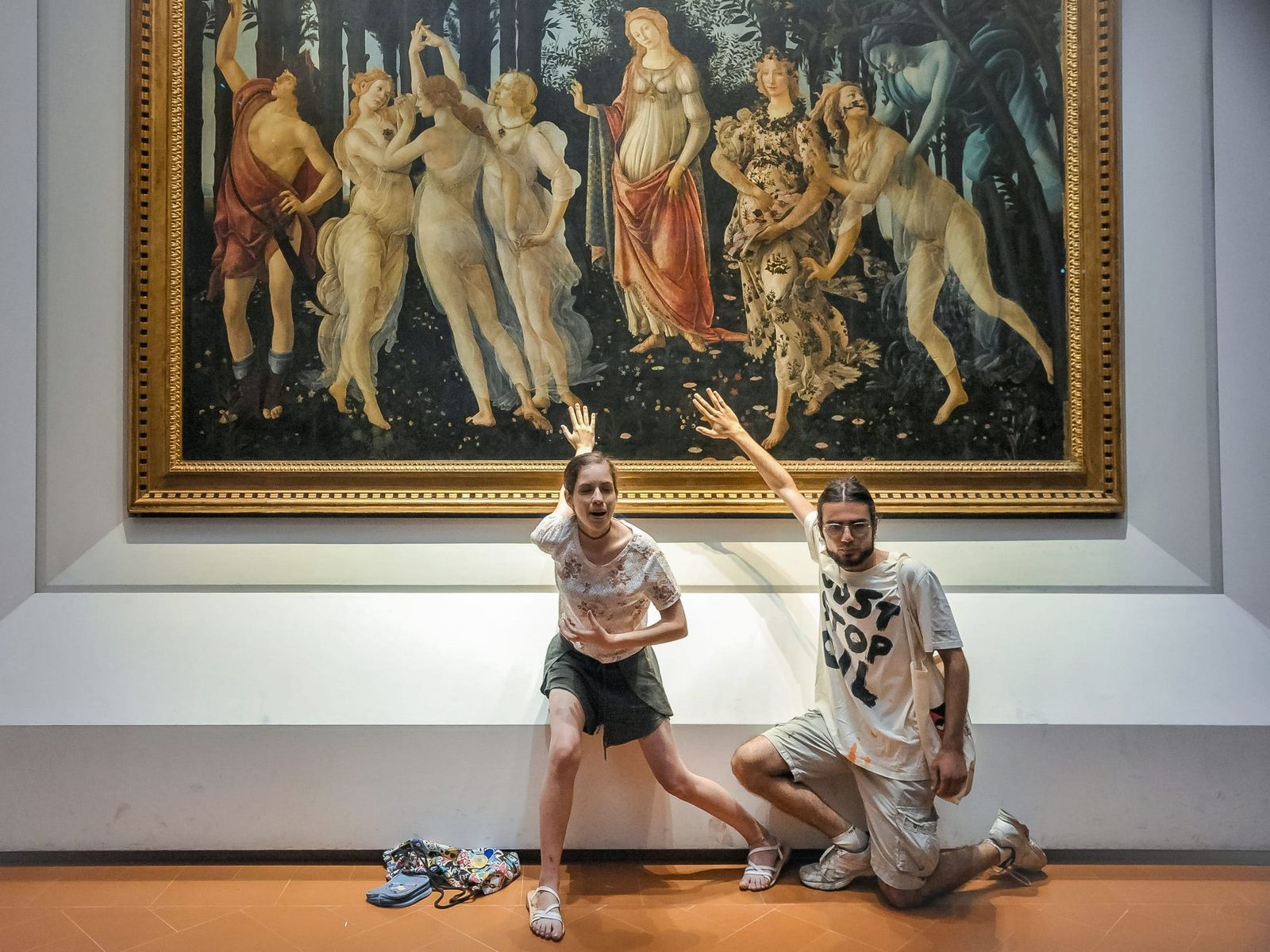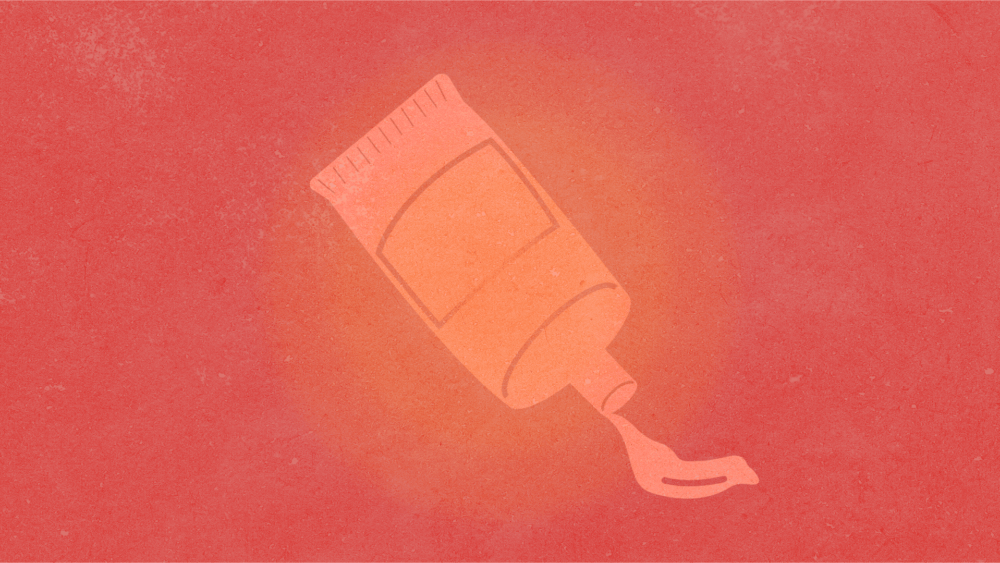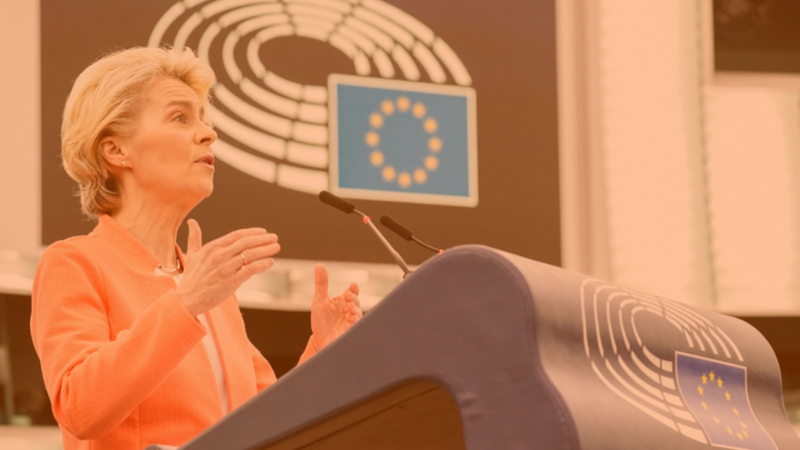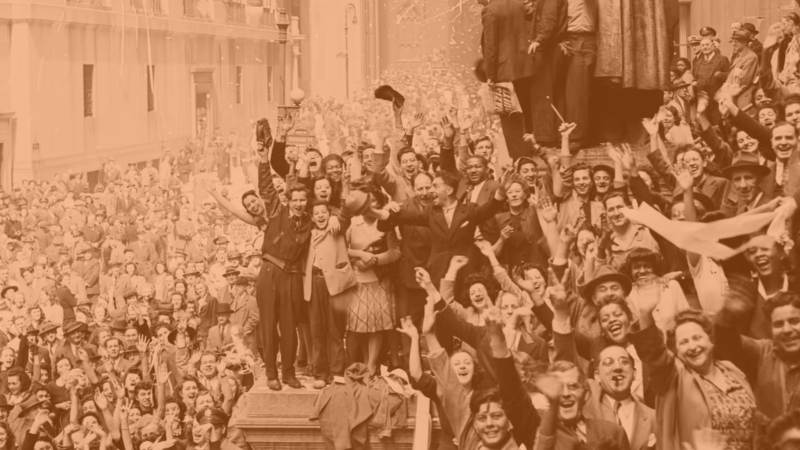You think getting media coverage for your cause is hard. You think the media machine is working against your activist goals.
But it isn’t; it’s just optimised for something else. It’s a dumb machine, that cares mainly about its business: clicks and engagement.
The journalists themselves might not be sympathetic to your cause. But they are subordinate to the business side.
And with a little effort and moderate risk, you can get the machine to work for you.
Case in point: these guys.

What happened at the museum
Last Friday morning, two young climate activists glued their hands to the covering glass of a painting, in a prominent art museum in Florence. A third helped unroll a banner and took photos and video as a crowd gathered around the group. A freelance journalist was there, and also took photos.
The pair explained their actions to the crowd, and their two concrete demands.
Siamo ancora in tempo per salvarci, ma il #governo non agirà senza una fortissima spinta popolare. E’ il momento di smetterla con i combustibili fossili. Le alternative esistono!
Unitevi alla resistenza civile! pic.twitter.com/Q70V3ZMiRv— Ultima Generazione (@UltimaGenerazi1) July 22, 2022
The team were members of Ultima Generazione (Last Generation) in Italy, a climate action group specialising in civil disobedience tactics. The painting was Botticelli’s ‘Primavera’ (Spring), one of the most famous in the world.
It’s not clear how long the activists stood there, stuck to the glass, surrounded by people snapping them with phones. But at some point, a security guard leapt onto the scene. He ripped the activists’ hands from the glass, and dragged them along the floor before the crowd.
The two went limp, and continued to voice their demands. Police later removed them from the museum, and detained them to face charges.
The group released a statement explaining that they took great care not to damage the artwork. And they vowed to scale up their protests.
Content production
This modest action generated 32 pieces of coverage in legacy media in English alone, including the BBC, The Guardian and the Daily Mail (twice). And it was national news in Italy.

English-language coverage of the group’s action, via Google News.
As you might expect from legacy media, much of the coverage is about how narcissistic activist zealots staged a disruptive protest. And the social media commentary follows suit. Who do these kids think they are? Good on the guard for dragging them away!
Or: at least they didn’t damage the painting!
But look beyond the angry headlines and the vitriol, and in almost all the coverage you’ll see some elements that are helpful to the activists:
- The name of the group
- A concise summary of the activists’ messages on climate change. Including their slick quote “Is it possible today to see a spring like this?”, referring to the painting.
- The message that they took steps to ensure they didn’t damage the art. This is smart pre-emptive neutralisation; it communicates that they are thoughtful people, and not vandals.
- Photo/video of them doing the action, showing them as passionate and dedicated. It helps that the pair are photogenic.
- Photo/video of the establishment (represented by the security guard) dragging the young people away. To anyone who supports their cause, these images are evocative, and motivating to act.
- The message that the group is planning more actions

A security guard manhandles a young female activist, who is clearly not resisting. Images like these, while distasteful, help the group’s cause.
Content distribution
90% of those who read this coverage probably will just click and move on.
But the group isn’t aiming at them. It’s targeting people who may be sympathetic to its cause. And at this stage in its evolution, I suspect what it needs is to recruit activists and generate funding.
Social media algorithms put things in front of you that make you mad, so you engage more with their platforms. People share content on their timelines that they find objectionable, so they can invite their tribe to ridicule it with them.
And so, there’s a good chance some of this coverage could land in your feed.
If the article makes you curious about this group, with one Google search you will be on their site.
Want to give them some loose support? They make it easy to donate. Want to find out more? There’s a video presentation. Want to go further and join them? With one click you can join their organising zoom call. Or sign up for an in-person talk.
(I interviewed a spokesperson from Last Generation before the summer break. This PR and member engagement path isn’t random — the group is very strategic. The interview will be out soon.)
And a week from now, you can be trained up and ready to act in your city for the cause.
To reach you with its messages, the group only needed three people willing to get arrested, and a tub of glue.
Small effort. Moderate risk. High reward.
* * *
Of course there’s a point where too much negative coverage can harm your cause. But in a clash with a much stronger power, if you’re risk-averse, you’ve already lost.
This was first published on the Subvrt activist newsletter. Your constructive feedback is welcome: Twitter or email.
Do you want to be informed of DiEM25's actions? Sign up here















